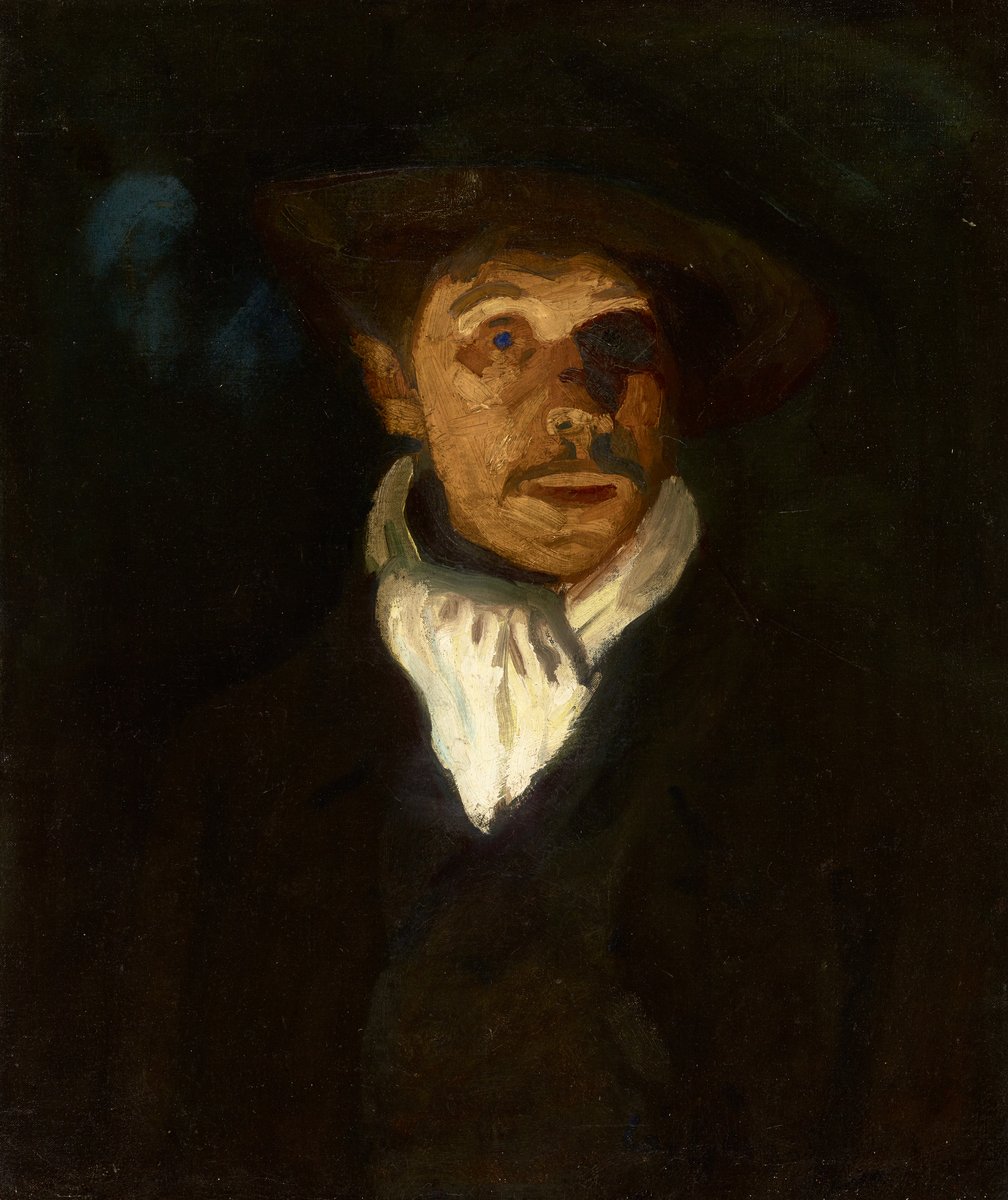
Self-portrait
Collection of Paintings
| Artist | |
|---|---|
| Date | 1871–1872 |
| Object type | painting |
| Medium, technique | oil, canvas |
| Dimensions | 169.5 × 121.5 cm |
| Inventory number | 97.12T |
| Collection | Collection of Paintings |
| On view | Hungarian National Gallery Building C, First Floor, Art in the 19th Century – From the Age of Reforms to the Turn of the Century, U Wing |
The concept of Japonaiserie emerged in France in 1872. In the eyes of Western artists, it reflected the emergence of the exotic that swept across Europe and America in the second half of the nineteenth century, after Japan opened the ports to the world. The West was soon inundated with a wealth of Japanese artworks, predominantly woodcuts, which left an enduring imprint on European and American art. Paintings like La Japonaise au Bain (1864) by James Tissot or La Japonaise (1876) by Claude Monet reflect this influence. It was in this spirit that Bertalan Székely produced his Japanese Woman, which stands out as one of the most interesting works in his oeuvre. With this painting, Székely surpassed the mentioned examples since he did not merely incorporate something Japanese in his composition but consciously chose a Japanese theme. Japanese woodcuts often focus on female beauty and frequently portray ladies bathing and dressing. One subtype is the Woman Combing her Hair (Kamisukeru onna), which Székely used as the subject of his Japanese Woman. The Hungarian artist might have come across the precedent for his painting in the Japanese art prints and books that were newly arriving from Western Europe, or perhaps in a contemporary newspaper photograph. The precisely worked details in the painting and the way the objects are arranged indicate that Székely closely analysed the components in the composition in order to understand their functions. In 1871 there was an exhibition of Oriental objects at the Hungarian National Museum, which featured several Japanese applied artworks that appear in the painting: in the foreground, for example, is a folding mirror holder (kagami-tate); behind the woman is a screen (tsuitate) for privacy; while in her right hand she holds a comb and hair ornament (kushi). | Petra Varga
This record is subject to revision due to ongoing research.